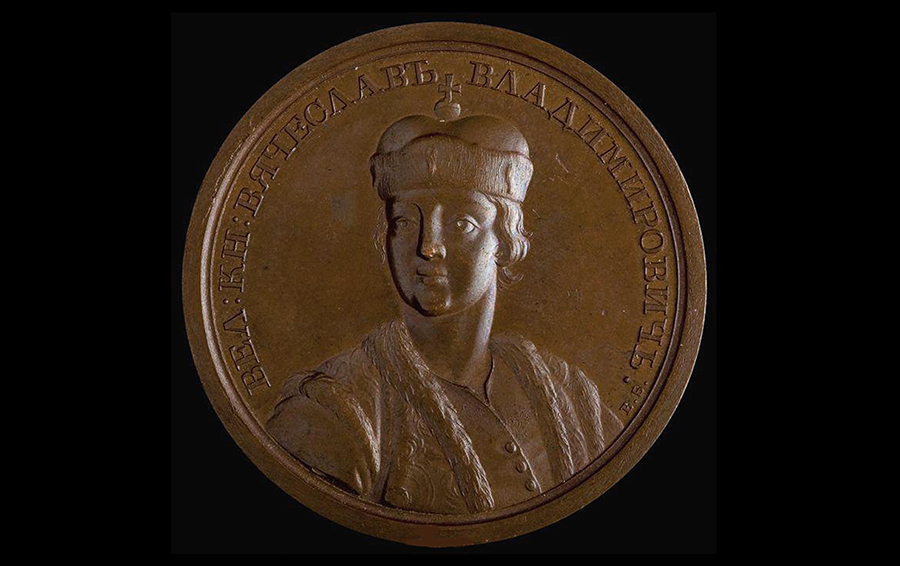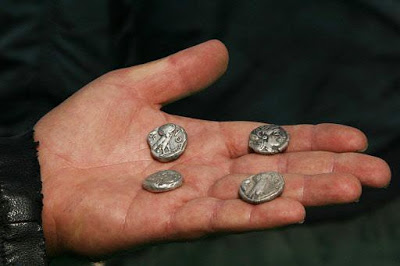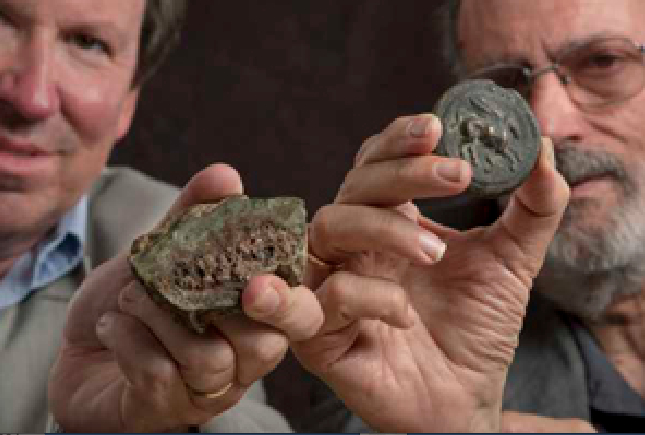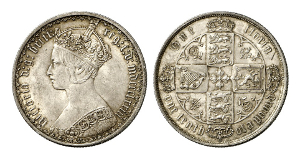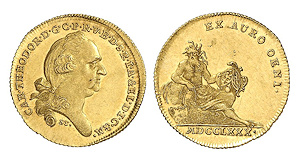for example
Vintage German coins and medals
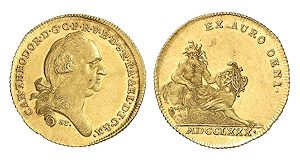 Coinage in the territory of the German state from the end of the Middle Ages (XV century) and until the introduction of the imperial state currency in 1871 is without doubt one of the most versatile and diverse areas of coin collecting.
Coinage in the territory of the German state from the end of the Middle Ages (XV century) and until the introduction of the imperial state currency in 1871 is without doubt one of the most versatile and diverse areas of coin collecting.
While other European countries, such as England, Spain or France, by the end of the Middle Ages became national states in which coinage was carried out centrally, Germany until the founding of the Empire after the Franco-Prussian War (1870-1871) remained geographically heavily fragmented. Continue reading
